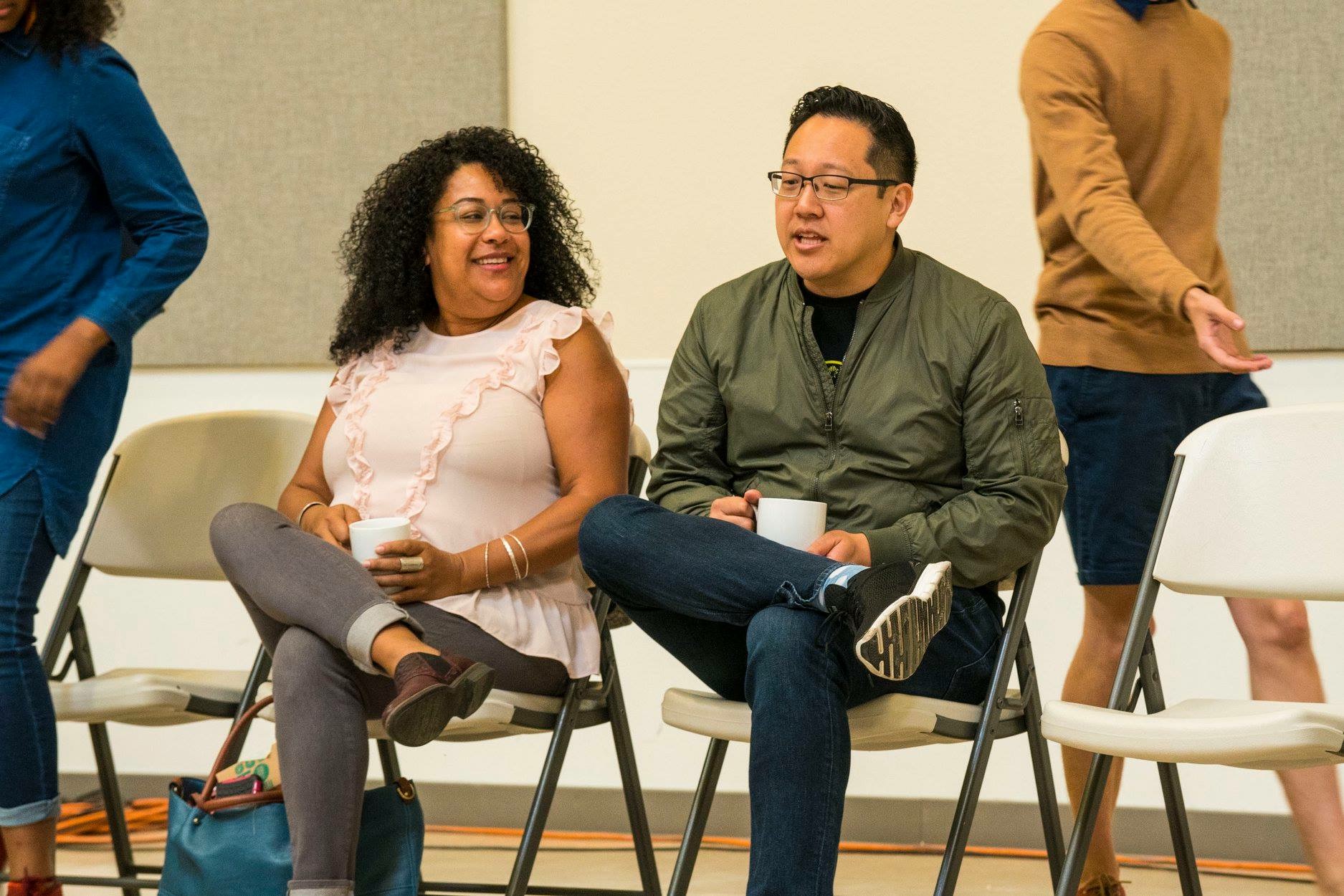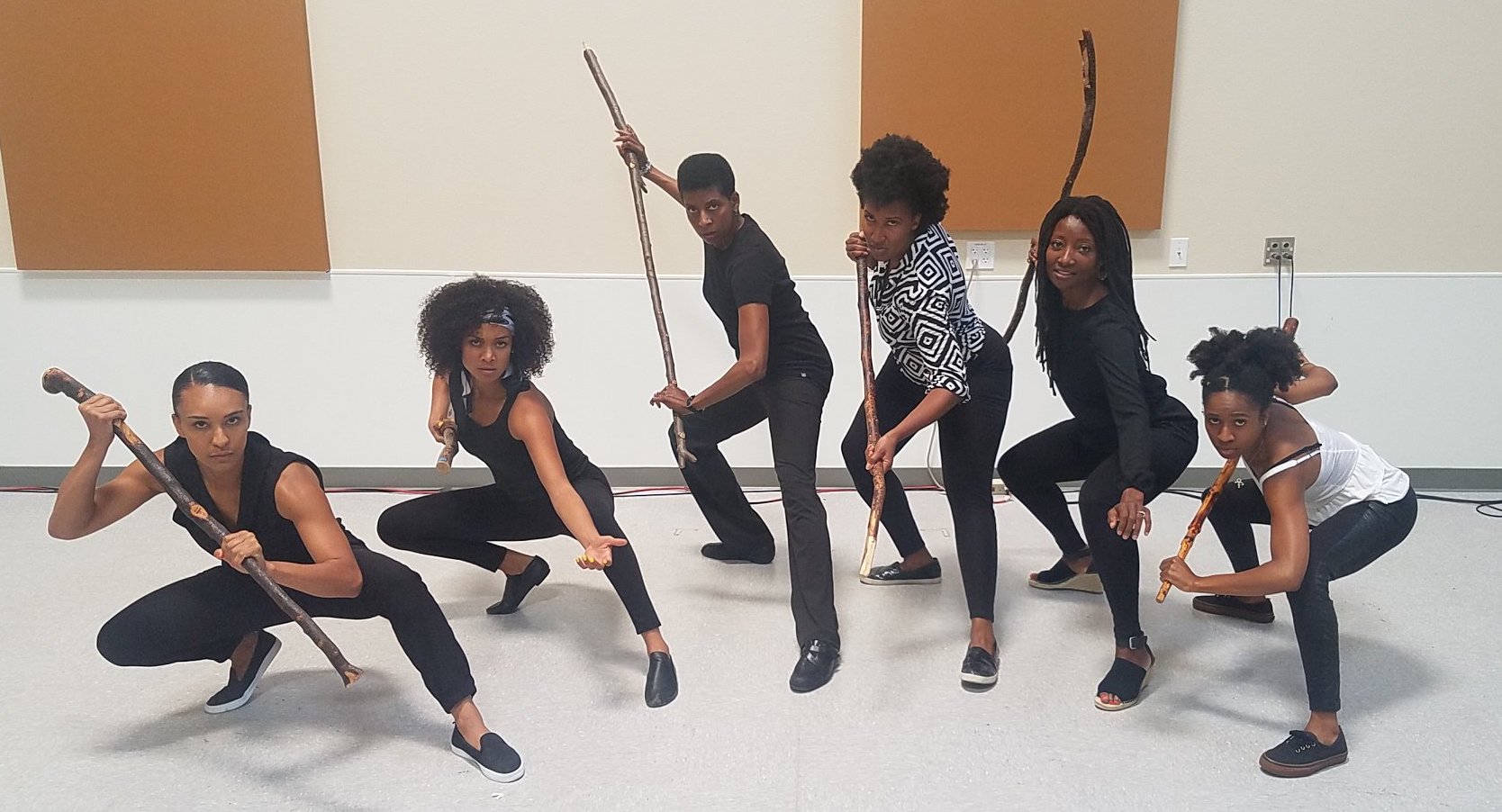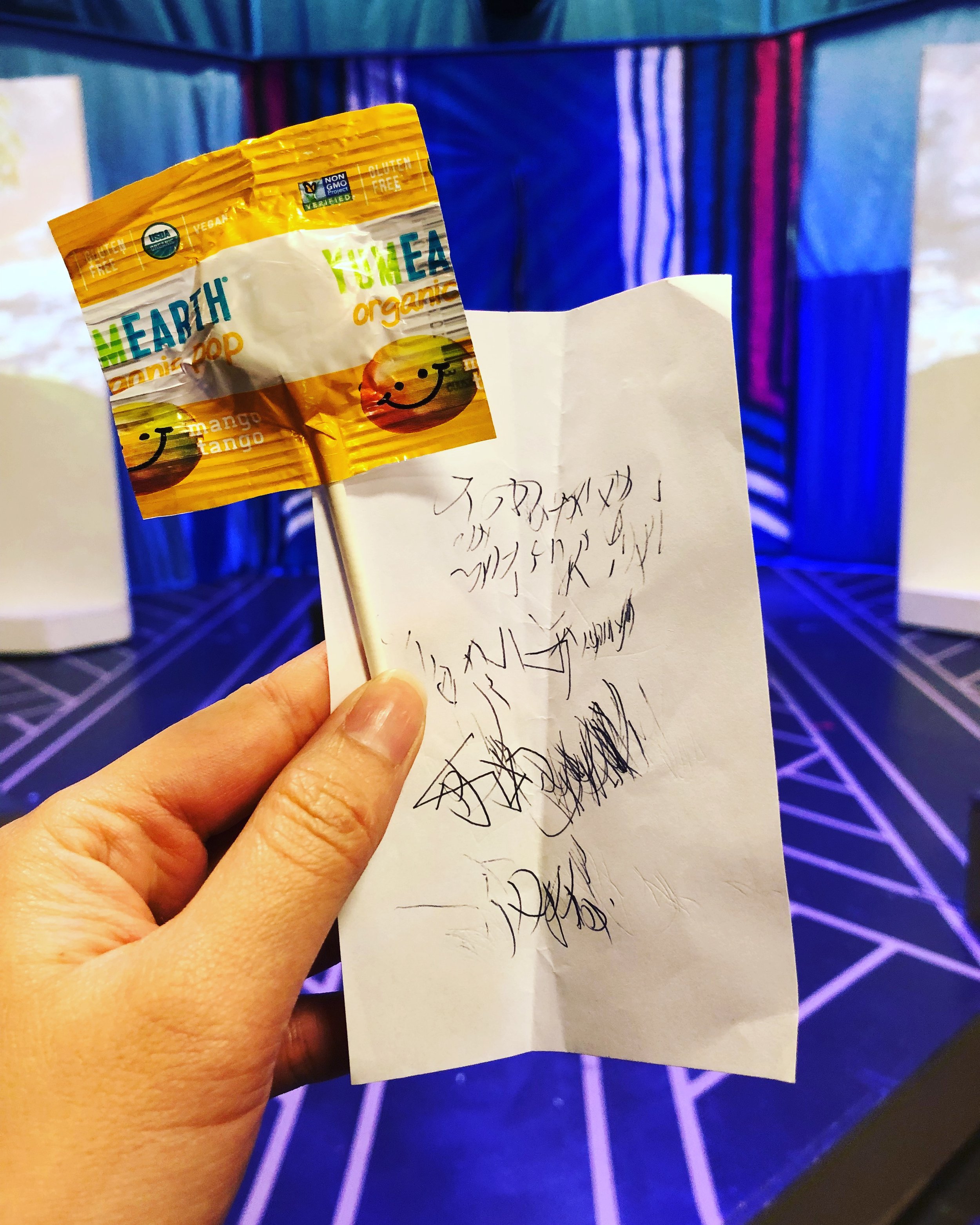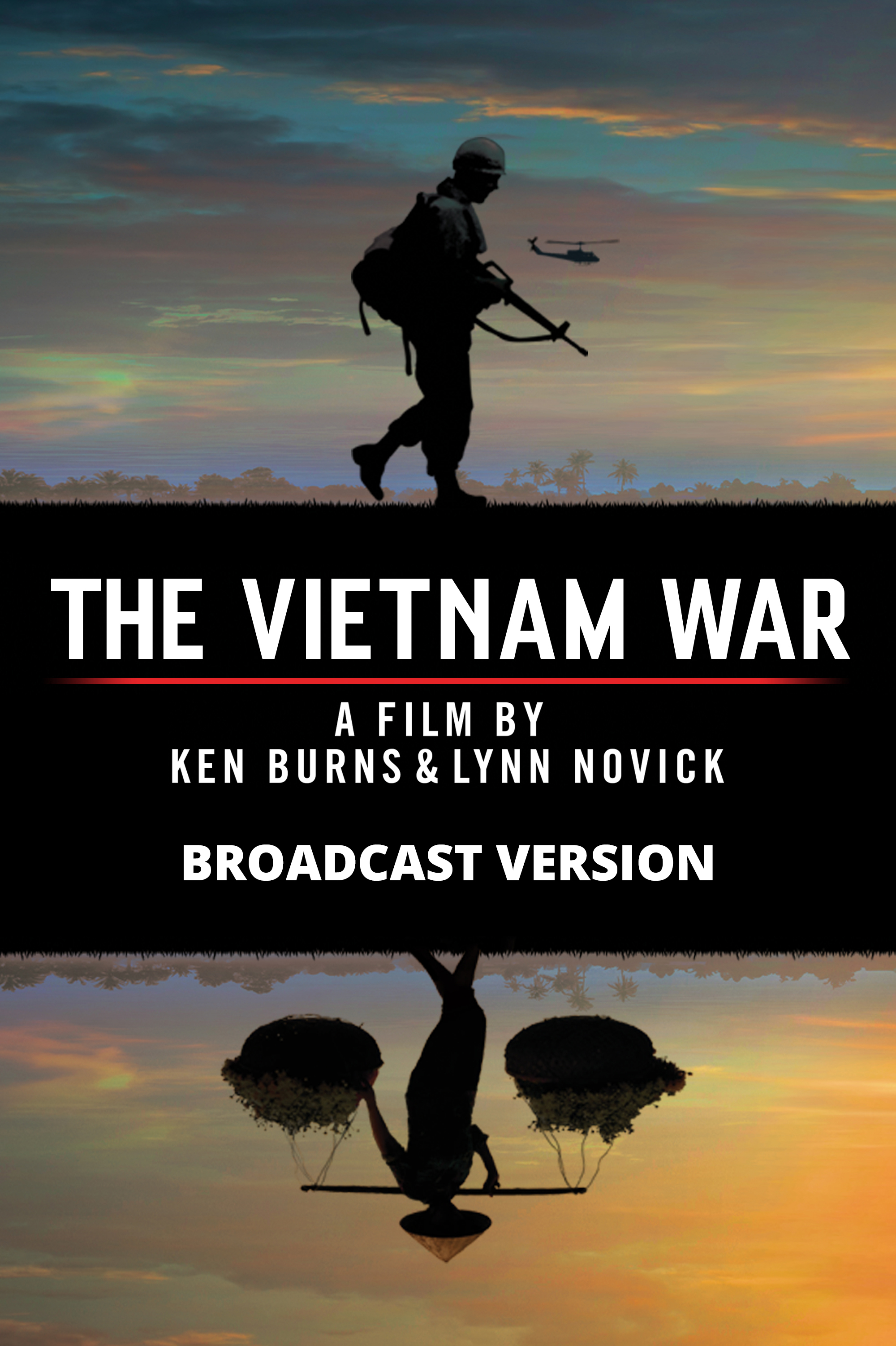I recently finished all 10 episodes of The Vietnam War, a new Ken Burns documentary on PBS. My primary reason for watching was to understand more about the conflict which is an integral part of the setting of Inside Out & Back Again. The documentary is quite an achievement, and there is much that I could write about it. But I'll focus instead on how the documentary contributes to my work as a playwright. During a recent dramaturgical meeting about Inside Out & Back Again, I realized I had more informed thoughts about what could be happening for the characters after having watched Ken Burns' work. Here are just a few of those insights:
War was "normal" life: After our first table read of the play, a question was put forth as to whether we could show more of Hà's "normal" life before the Fall of Saigon. That it felt like we were too quickly into the war without a sense of peace. However, historically speaking, ten year-old Hà has never known a Saigon without war. And with attacks like the Tet Offensive in 1968, Hà has already seen terrible events, or at least been nearby. For Hà, war has always been present. Even if Saigon has seen days of peace, the threat from the north is always imminent.
The Fall of Saigon was imminent: The eventual Fall of Saigon is laid out very clearly in Thanhha Lai's book, but it didn't dawn on me just how frightening that specter might have seemed to a mother of four living in the city. In early 1975, the North Vietnamese were making their way south, taking city after city, and it would only be a matter of time before Saigon would succumb as well. Understanding this helps me begin to grasp the desperation of the predicament Hà's mother finds herself in, figuring out whether she should flee or stay.
The white American perspective dominates our narrative of the war: One criticism I have of the documentary is that it definitely gives more airtime to the experience of white families affected by the war. While there are interviews with Vietnamese from the North and South side of the conflict, the more emotional through-lines of the series center on white Americans. This gets me excited about working on the stage version of Inside Out & Back Again. This play will be a chance to turn the focus onto a Vietnamese family and their experience and journey. Hà's family ends up in the U.S.A., so it is still very much an American story. We'll be inviting our audiences not to view the Vietnamese as an "other," but as the main characters of a story that all can relate to or at least empathize with.
These might all sound like things that I should have known already, and I kinda did. But it is one thing to know the facts of the war, and quite another to be brought into the emotional experience of it, and I think Ken Burns' documentary helped do that for me. It is worth noting that the documentary focuses heavily on the American perspective, and most of the personal stories in it are focused on a predominantly white narrative. The breadth of Vietnamese perspectives (of which Thanhha Lai's book is one) is barely covered, so I will be doing some reading of Vietnamese accounts as well. But I still highly recommend watching it, if only to learn a bit of the overview of events, and especially if you don't know much about the Vietnam War to begin with.







